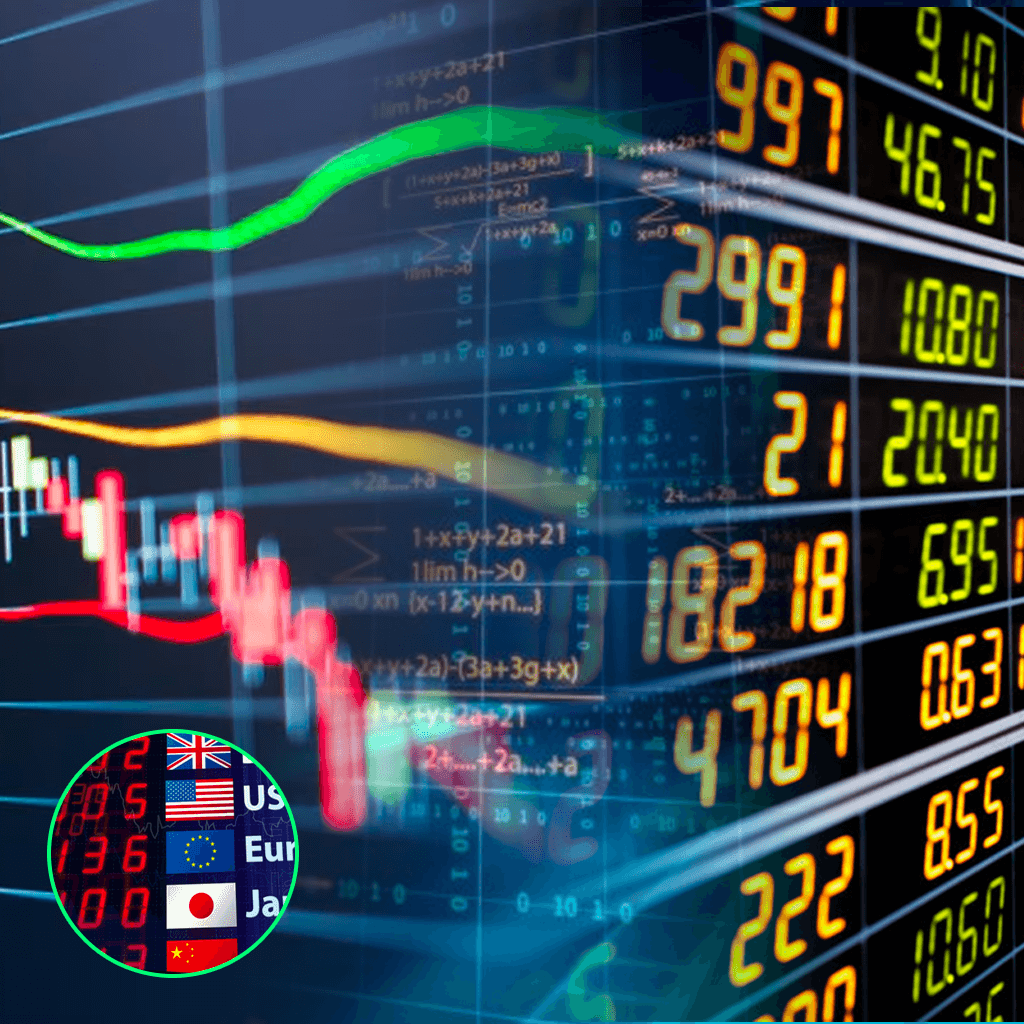

Types of algo trading frequency wise
Algorithmic trading, also known as algo trading, is a trading strategy that uses computer programs to execute trades automatically based on predefined rules and conditions. Algo trading can be classified into different types based on their frequency of trade execution. In this article, we will discuss the three main types of algo trading frequency-wise.
High-frequency trading (HFT):
High-frequency trading (HFT) is a form of automated trading where large volumes of financial instruments are bought and sold at high speeds using advanced computer algorithms. HFT firms typically use powerful computers and low-latency connections to execute trades in microseconds or even nanoseconds.
HFT strategies can include market-making, arbitrage, and statistical arbitrage, among others. Market-making involves continuously quoting buy and sell prices for a given security to provide liquidity to the market. Arbitrage strategies involve taking advantage of price discrepancies between different markets or instruments. Statistical arbitrage involves using quantitative analysis to identify patterns and make trades based on statistical models.
HFT has become increasingly popular in recent years, with some estimates suggesting that HFT accounts for over half of all trading volume in the equity markets. HFT can provide liquidity and efficiency to the markets, but there are also concerns that it can contribute to market volatility and pose systemic risks. Additionally, critics argue that HFT can give an unfair advantage to firms with faster and more sophisticated technology, potentially disadvantageous to individual investors and smaller firms.
Low-frequency trading(LFT):
Low-frequency trading (LFT) is a form of trading that contrasts with high-frequency trading (HFT). While HFT is characterized by high volumes of trades executed at incredibly fast speeds, LFT is characterized by a more measured approach. LFT typically involves making fewer trades over a longer period, with a focus on fundamental analysis, long-term investment strategies, and risk management.
LFT can involve a variety of strategies, including value investing, growth investing, dividend investing, and momentum investing, among others. These strategies often require a deeper understanding of the underlying businesses and industries, as well as macroeconomic trends and global events that can affect the performance of individual stocks.
LFT can be appealing to investors who prioritize stability and predictability over the potential for quick profits. Unlike HFT, which can contribute to market volatility and pose systemic risks, LFT is generally considered to be a more stable and sustainable approach to investing.
However, LFT also has its drawbacks. Since it involves holding positions for longer periods, LFT can be less nimble in responding to market fluctuations or sudden changes in company or industry fundamentals. Additionally, LFT may require a higher level of expertise and experience, as well as a larger capital base, to achieve significant returns over time.
Medium-frequency trading:
Medium-frequency trading (MFT) is a trading style that falls between the extremes of high-frequency trading (HFT) and low-frequency trading (LFT). MFT typically involves making trades at a frequency that is faster than LFT but slower than HFT. MFT strategies can include a mix of fundamental and technical analysis, and may involve holding positions for several days or weeks.
MFT can be used to take advantage of short-term price movements, while also allowing for a more considered approach to trading. Unlike HFT, which relies heavily on advanced computer algorithms and ultra-fast execution speeds, MFT can rely more on human analysis and judgment. MFT traders may use a range of indicators and tools to help identify potential trading opportunities, such as price charts, technical indicators, earnings reports, and news headlines.
MFT can offer a balance between the benefits of LFT and HFT. It can provide faster trading opportunities than LFT, while also allowing for a more considered approach that considers broader market trends and economic conditions. MFT can also be more accessible to individual investors than HFT, which often requires significant capital investment and advanced technological infrastructure.
In conclusion, algo trading can be classified into different types based on their frequency of trade execution.